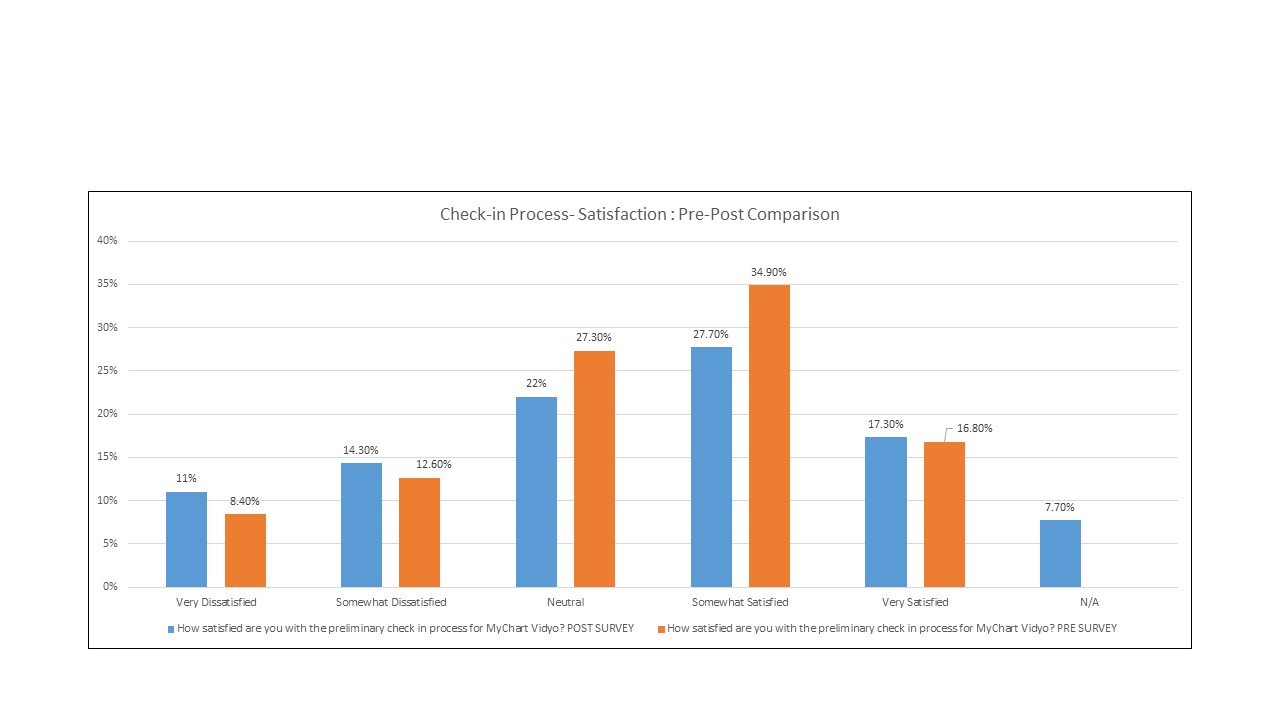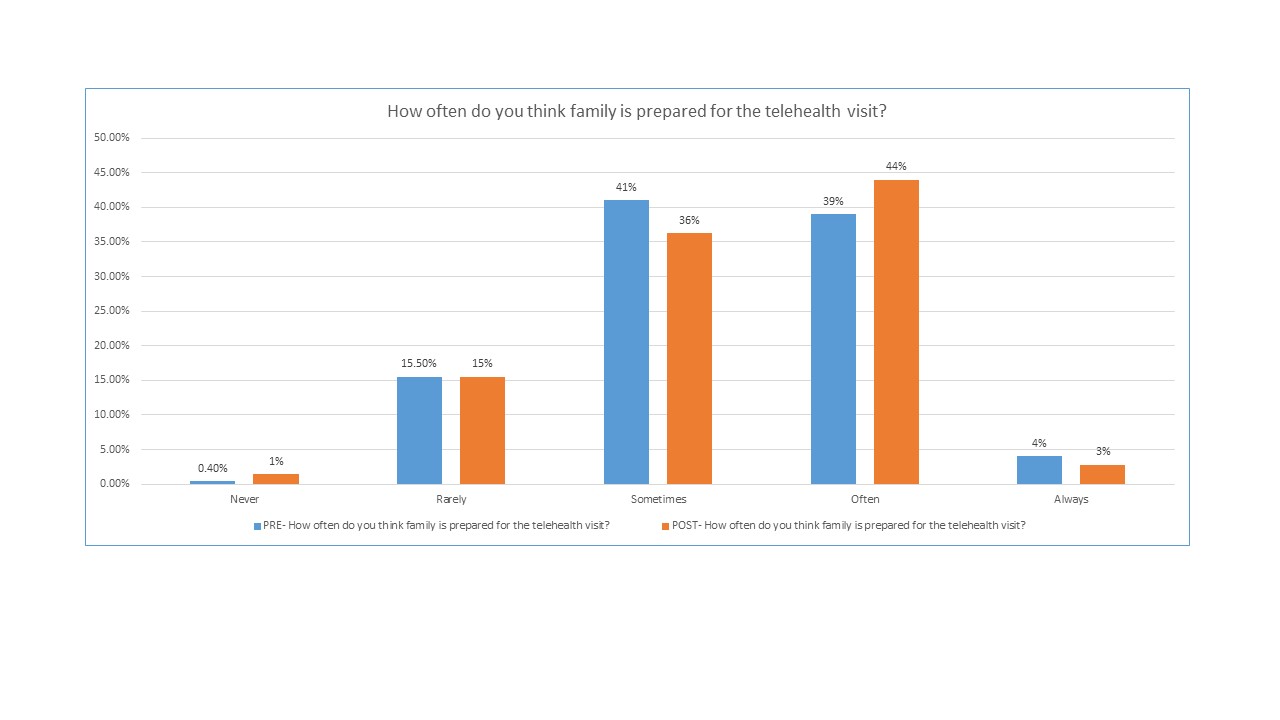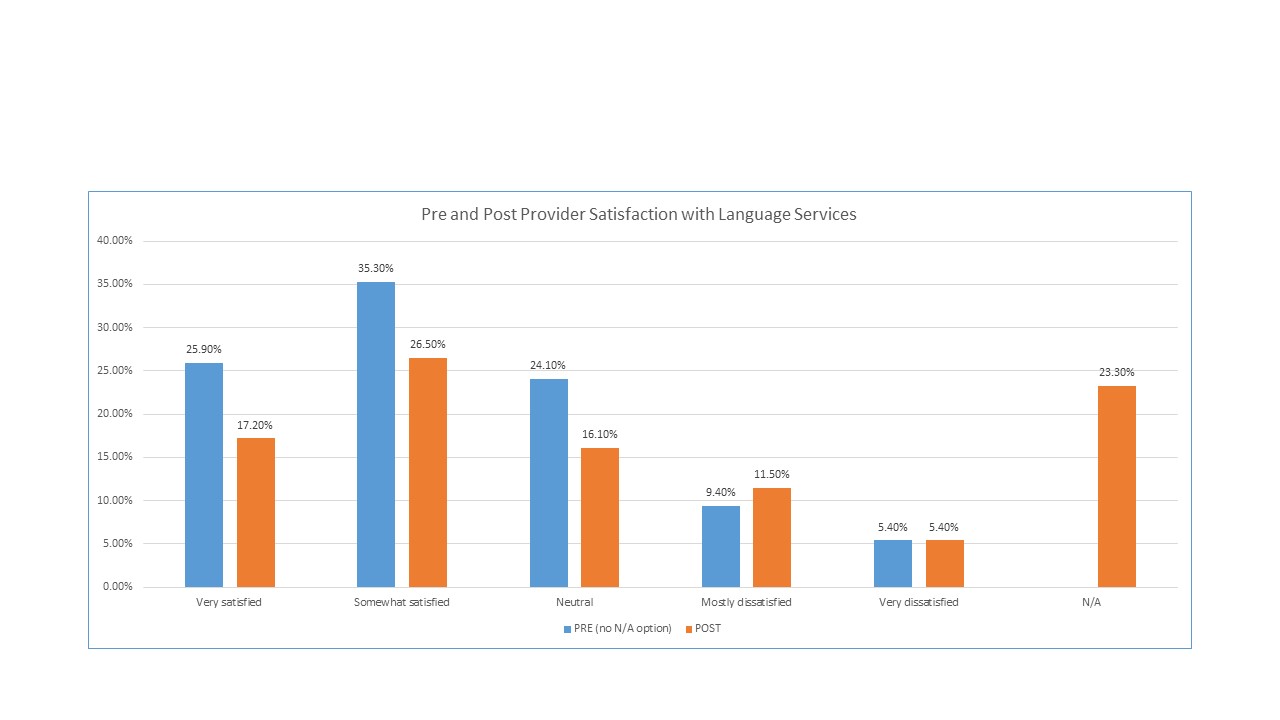Telemedicine/EHR/Medical Informatics
Telemedicine/EHR/Medical Informatics 2
636 - The impact of provider feedback on telemedicine services at a quaternary pediatric hospital
Publication Number: 636.455

Amira M. Said, MD (she/her/hers)
Pediatric Infectious Disease Fellow
Baylor College of Medicine
Houston, Texas, United States
Presenting Author(s)
Background: The COVID-19 pandemic provided a unique need for the use of telehealth services in medical care. A major factor to the sustainability of telehealth programs is provider and patient satisfaction. There is little published data pertaining to provider satisfaction with the use of telemedicine, even less how provider feedback impacts it.
Objective: Our main objective was to evaluate the impact of provider feedback on telemedicine services early on in the pandemic and its effect on provider satisfaction
Design/Methods:
A cross sectional pre and post survey, followed by periodic surveys were conducted to evaluate the impact of provider feedback on telemedicine services provided in ambulatory clinics across our quarternary institutions including the main academic institutions and its two community campuses. All providers were required to undergo formal hands on telemedicine training prior to participating in the telemedicine visits. A telemedicine data subcommittee was created to handle the evaluation of the telehealth experience from a provider’s perspective and creation of a survey. Monthly meetings were setup and a detailed survey was developed using RedCap. The survey was sent to providers employed in the departments of pediatrics, surgery, and women’s services including all subspecialty services that fall under their realm. The survey was divided into 10 sections: Demographic information about providers, telemedicine training, clinic check-in process, clinic flow, technical Issues, family preparedness, language services, discharge and follow-up instructions. A thematic summary of the participant comments was also created based on the responses received.
Results: 2500 providers received the survey. 74.4% of the faculty were in the Department of Pediatrics. Provider satisfaction rating in each of the categories were evaluated both pre and post implementation of various aspects of telemedicine services.
Charts shown below represent percent satisfaction in the pre and post surveys after implementation of various telemedicine changes proposed by the faculty and adopted by the data collection committee in conjunction with the e-health team. When satisfaction scores were low in the above areas, urgent action was taken to resolve the issue.
Conclusion(s): Providers across the institution were mostly satisfied about the incorporation of telemedicine to their clinics. We were able to implement the key changes quickly, provide targeted training of providers, medical staff and families to improve telemedicine services promptly due to timely initiation of provider feedback. 


